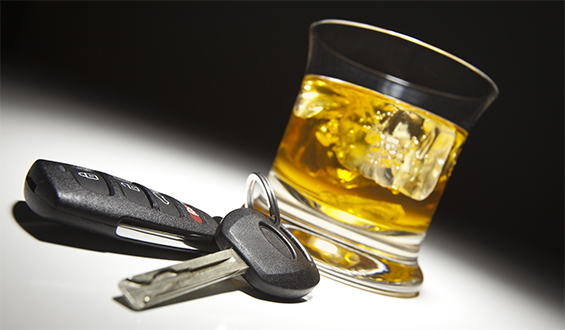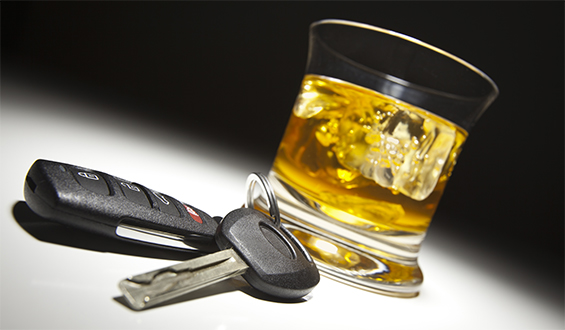
Public service announcements, school assembly programs, and health class documentaries may be making a difference in the United States – fewer young people are drinking and driving now than a decade ago.
Angus Chen reports for NPR that 38% fewer young adults of drinking age are driving after drinking in 2014 compared to 2002. And teens had an even bigger drop, with 6.6% of individuals between 16 and 20 in 2014 reporting that they had drinks and then drove compared to 16.2% in 2002, according to a Morbidity and Mortality Weekly Report survey from the CDC.
The authors of the poll say the drop is probably because of sobriety checkpoints and educational campaigns backed by Mothers Against Drunk Driving.
“It’s a multifactorial approach we are seeing in this particular case,” says Alejandro Azofeifa, an epidemiologist at the Substance Abuse and Mental Health Services Administration and lead author on the report.
The survey suggests that there are still many young people drinking and driving. Of adults between the ages of 21 and 25, 18% admitted to driving while under the influence in 2014. According to the CDC, 2,163 teenagers died in motor vehicle accidents. Of teen drivers involved in fatal crashes, 17% were drunk.
The survey also tried to determine if people were smoking marijuana and driving. People have reported smoking marijuana and driving in other state and national surveys, but the Substance Abuse and Mental Health Services Administration survey did not show a change in marijuana use and driving over the past ten years.
However, the survey asked if people were driving under the influence of alcohol and illegal drugs, either one or both, and did not ask specifically about marijuana. The survey authors assumed when they asked about illegal drugs that the participants would know that meant marijuana. Before the poll, participants were limited to those who said they did not use any drugs other than alcohol and marijuana.
Casey Hower, writing for Healio, reported that researchers concluded that enforcing interventions such as minimum legal drinking age laws, prohibiting any person under the age of 21 from driving with any alcohol level in their systems, and the use of roadside testing are imperative for maintaining the declines in drinking and driving in the US.
States may also want to create such interventions for driving under the influence of other substances such as marijuana as well. It may also be necessary to improve field testing for marijuana use and to enhance standards for measurement of driving impairment.
In another article for Healio, Hower reports that the use of marijuana has increased among college students in the past seven or eight years. Lloyd Johnston, Ph.D., a research affiliate with the Population Studies Center, University of Michigan, said that this is also true for high school seniors.
Johnston used data from the Monitoring the Future study to see trends in tobacco, drug and alcohol use among adults 19-22 across the country. Johnson and his team found that in 2014, 5.9% of college students reported using marijuana on a daily basis, or close to that often. This rate is the highest since 1980.
The CDC reported that motor vehicle crashes are the number 1 cause of death among 16- to 25-year-olds in the US, according to Christopher Ingraham of The Washington Post.




